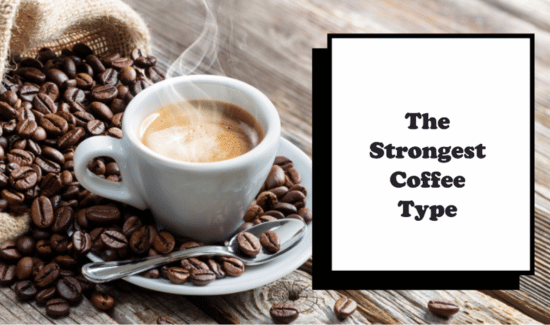
The world of coffee is interesting and varied, with many different tastes, smells, and ways to make it. The difference between espresso beans and coffee beans is something that many coffee lovers get wrong. In reality, both of these ingredients come from the same place, but they are processed differently to suit different tastes and types of brewing. This article will go into detail about these beans, including where they come from, what makes them different, and how to choose between them.

What are Coffee Beans?
Coffee beans are the seeds of the coffee plant. Originating in Ethiopia, they have now spread worldwide, primarily growing in equatorial regions known as the ‘coffee belt.’ These regions offer the ideal conditions for coffee cultivation: volcanic soil, tropical climate, and high altitude.
Types of Coffee Beans
The two most common types of coffee beans are Arabica and Robusta. Arabica beans are known for their sweet, delicate flavor and lower caffeine content. They are often grown in higher altitudes and require careful attention during cultivation. Robusta beans, on the other hand, have a stronger, more bitter taste and higher caffeine content. They are hardier and can grow in lower altitudes and varying conditions.

What are Espresso Beans?
Espresso beans are also seeds from the Coffea plant. However, the term ‘espresso bean’ is more indicative of a coffee brewing method than a specific type of bean. The beans used for espresso are generally subjected to a darker roast compared to those used for regular coffee.
Types of Espresso Beans
Just like coffee beans, espresso beans can also be Arabica or Robusta, or a blend of both. The choice of beans affects the final taste of the espresso shot. Arabica beans yield a smoother, sweeter shot, while Robusta beans produce a stronger, bolder espresso with more cream.

Comparing Espresso Beans and Coffee Beans
When comparing espresso beans and coffee beans, several factors come into play. These include the roasting process, flavor profiles, and caffeine content.
The roasting process for espresso beans is usually longer and at a higher temperature. This dark roast brings out a richer, bolder flavor, suitable for the intense nature of espresso. On the other hand, coffee beans undergo a medium roast that maintains a balance of flavor, acidity, and aroma.
Flavor Profiles
When it comes to flavor profiles, espresso beans, because of the dark roasting process, typically have a flavor that is robust, full-bodied, and low in acidity. Coffee beans, depending on the level of roasting and the type (Arabica or Robusta), can have a wide variety of flavors, from sweet and light to bitter and powerful. This range is determined by two factors: the roasting level and the kind of bean.
Caffeine Content
The caffeine content in espresso and coffee beans also differs, but not because of the beans themselves. Instead, it’s about the brewing method. An espresso shot, despite its intense flavor, contains less caffeine than a standard cup of coffee because of its smaller serving size.

Choosing the Right Beans for You
Choosing between espresso and coffee beans ultimately comes down to personal preference. If you prefer a strong, full-bodied flavor and don’t mind a higher level of caffeine, you might lean towards Robusta or a dark-roasted Arabica. If you prefer a smoother, milder flavor, a medium-roasted Arabica might be your choice.
Also, consider your brewing method. Espresso machines require a finer grind and darker roast, while drip coffee makers, French press, or pour-over methods can accommodate a wider range of grind sizes and roast levels.
Conclusion
In conclusion, the difference between espresso beans and coffee beans lies more in the roast level and brewing method than the beans themselves. Both have their unique characteristics and cater to different tastes and brewing styles. Whether you choose coffee or espresso beans, the most important factor is to enjoy the experience and savor every sip.
FAQs
What is the main difference between espresso beans and coffee beans?
Espresso beans are usually dark-roasted and are meant for use in an espresso machine, while coffee beans can be light, medium, or dark-roasted and are used in various brewing methods.
Can I use coffee beans to make espresso?
Yes, technically you can use coffee beans to make espresso. The primary difference is in the roast, but if you grind coffee beans finely, you can make a cup of espresso.
Are espresso beans stronger than coffee beans?
Espresso beans are usually dark roasted, which results in a robust, full-bodied flavor. However, the caffeine content depends more on the brewing method and serving size.
Which type of beans is better, Arabica or Robusta?
Neither is objectively better—it depends on personal preference. Arabica beans tend to have a sweeter, softer taste, with higher acidity, while Robusta beans have a strong, harsh flavor, with low acidity.
Can I use espresso beans in a regular coffee maker?
Yes, you can use espresso beans in a regular coffee maker. The resulting coffee might taste slightly stronger due to the darker roast.

As a dedicated blogger, I share insights, tips, and knowledge on all things caffeinated and beyond. I firmly believe that a well-brewed cup of coffee or a skillfully crafted cocktail has the power to unite people and ignite engaging conversations.


